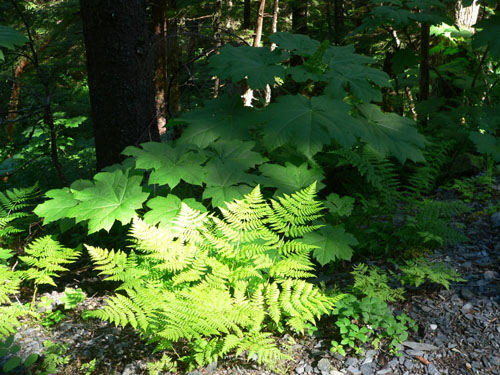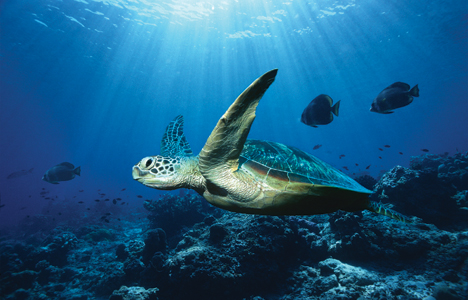Saturday, May 22, 2010
Carbon sinks and Carbon Sources
Friday, May 21, 2010
Wednesday, May 19, 2010
Carbon

Carbon is the key element in all living things and is found almost everywhere. All living organisms have it and a lot of non living things also have carbon. Some examples are the atmosphere, some shells, and rocks. It also exists in fossil fuels, animals, and plants. How does carbon get there? Well there is this thing called the carbon cycle. The Carbon cycle starts in the atmosphere and is absorbed by plants in the form of carbon dioxide. Later, the plant is eaten by a primary consumer who gets that carbon from the plant. Finally, when the animal dies, it eventually gets turned into fossil fuels. These fuels are then burned to create energy and the carbon is released back into the atmosphere in the form of carbon dioxide. Carbon is also released into the air when you breath or from a fire.
Friday, May 14, 2010
What would happen if...
All the members of food chain are very important. If one wasn't there, then all the others would cease to exist. Most important is the sun. Without the sun, no life would be able to exist. If there was no sun, then there wouldn't be any producers. If there weren't any producers, then no herbivores or primary consumers could live. If there weren't any primary consumers, then all the secondary consumers, scavengers, and decomposers would die off also. This is why the sun is so important. Also, if there were no secondary consumers, then all the primary consumers would reproduce too much and eat all the producers and there won't be any food left for them and they would die out. This is why every single organism is important in the food chain.
Monday, May 10, 2010
Scavengers
Scavengers are the organisms in the food chain that eat the leftovers of the carnivores' dinner. They don't work for their meal! But being a scavenger isn't that easy. The don't always find a meal ever day. Some scavengers in the rainforest are: vultures, cockroaches, earthworms, termites, and catfish. The scavengers play an important role in the food chain. If there weren't any scavengers, the rainforest would be littered with carcasses of previous meals. Yuck!

Decomposers

Another group in the food chain are the decomposers. This group includes fungi, moss, and bacteria. These three organisms find dead things and turn them into things such as soil. Just consider them the trash collectors of the rain forest, but instead of throwing away the trash, they eat it to get the essential nutrients that they need.
Wednesday, April 28, 2010
Secondary Consumers




The secondary consumers are third in the food chain, eating and getting energy from the primary consumers, who in turn got energy from producers. These secondary consumers consist mostly of carnivores, animals who only eat meat. Sometimes these were also scavengers but those are in another paragraph. Some secondary consumers in the rain forest are: frogs, toads, woodpeckers, leopards, and parrots etc. Tertiary consumers are here too. They eat other secondary consumers.
secondary consumers.

 secondary consumers.
secondary consumers.
Primary Consumers

The next living organisms in the food chain are the primary consumers. These herbivores eat the producers. The primary consumers are animals such as monkeys, grasshopppers, beetles, slugs, and squirrels. They eat the plants such as bananas, but in some cases, the primary consumers are eaten buy the producers. Take the Venus flytrap for example. These plants eat unsuspecting vistors who are there for the nectar.
Monday, April 26, 2010
Producers in the Forest


Producers are the very beginning of the food chain. They get energy from the sun and use it to grow. Producers are all the plants on the planet. In the rain forest, some examples would be lots and lots of trees, tons of different kinds of creepers, flowers, and undergrowth. Because of the rainforest's varying habitat, it has baffling amounts of different varieties of plants. These plants have developed many adaptations that help them live. Some leaves are pointed while others have grooves. Some even have an oily coating to keep off the water and almost all leaves are big and wide to absorb as much sunlight as possible. All this only helps all those primary consumers to get a nice meal!



Intro to Food Chains
For those of you who are too dense to know what a food chain or a food web is, this blog is here to explain it to you. A food chain is basically a chain of plants, animals, and decomposers that eat each other. It is a constant cycle of the transfer of energy from one living organism to the next. A food web is basically a bunch of food chains connected to one another so that there is more than one thing that can eat something. In this blog we will be talking about the food chains and food webs of the tropical rain forest.
Subscribe to:
Posts (Atom)


